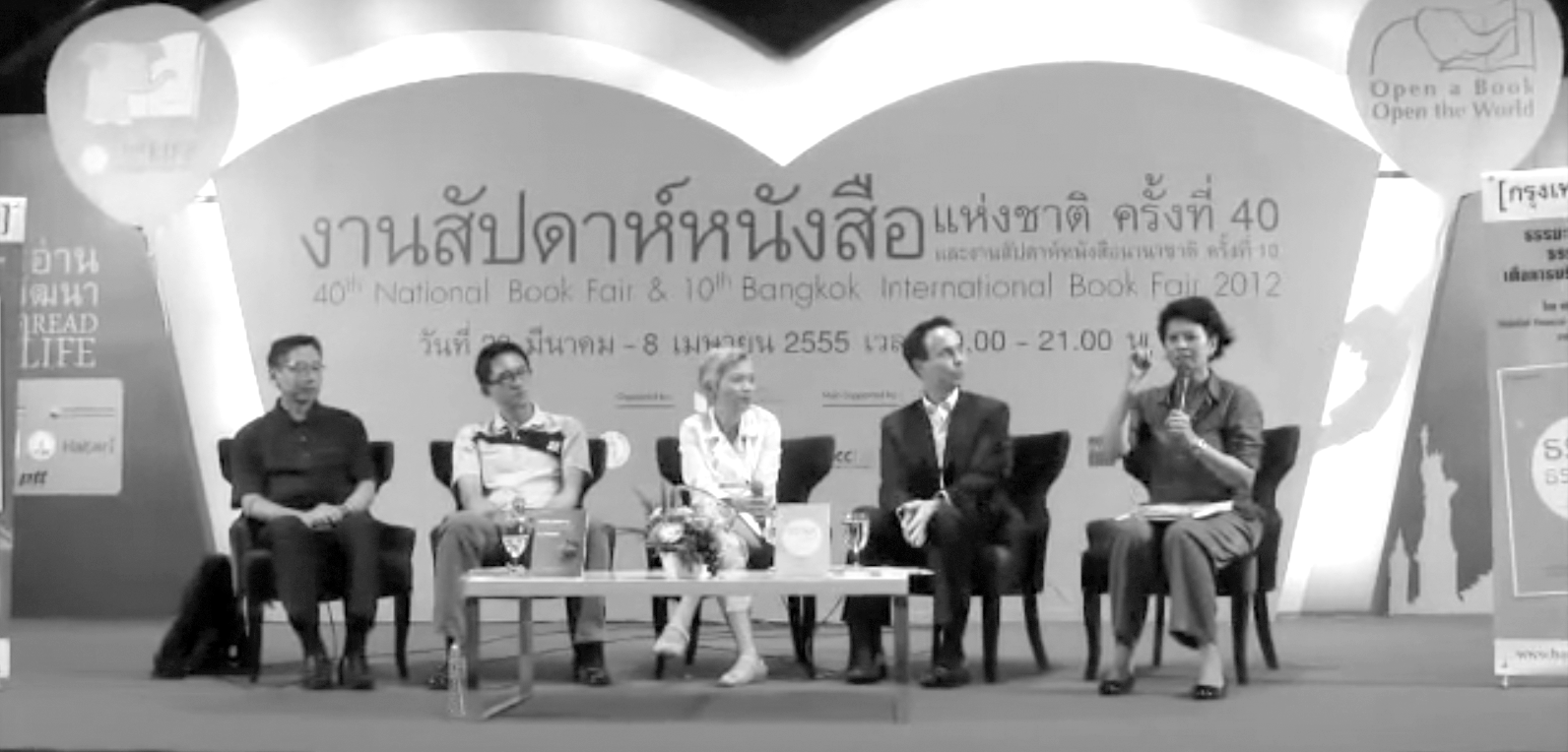As regular readers of this column know, executive coaching has been gaining acceptance in Thailand, to the point where we practitioners have our own association, and now we’ve produced our first book.
Untold Stories of Executive Coaching in Thailand draws on the experiences of four coaches including myself. The topics it covers include: Why executive coaching has become recognised in the HR community in Thailand as the most effective tool for unleashing leadership potential; how to do executive coaching; situational executive coaching; how life coaching relates to executive coaching; what happens in the brain when a coach asks questions; the pitfalls, secret recipes and success factors for executive coaches, and how to choose a coach.
Today I’d like to share some background. When we formed the Thailand Coaching Society in 2010, we conducted the first executive coaching research in Thailand, surveying 140 executives. Here are some highlights based on their responses:
– Some 39% of coaching programmes are focused on talent development, without specific performance or behavioural problems to fix. Another 33% address behavioural issues, which training and mentoring alone can’t fix. The remaining 28% represent coaching for performance problems. Coaching today is less about fixing problem behaviour and more about enhancing the performance of valued executives in line with worldwide trends.
– In terms of effective ways to improve performance, on-the job training was selected by 82.6%, one-on-one coaching got 82.1%, and traditional training/lecturing 55%.
FSome 93% of participants who had been coached and those who knew some who had been coached said they would use coaching again. This means the progress made through coaching is acknowledged as much by those around the coaching clients as by the clients themselves.
– The top three pitfalls: the client’s fear of change, the coach’s lack of experience or credentials, lack of involvement from hierarchy.
Now, let’s learn meet the coaches, starting with Potchanart Seebungkerd (Coach Jimi), who specialises in life coaching. A life coach seeks to empower people to change their lives, reach their potential and create the life they want. Coaching closes the gap between where they are and where they want to be. It is goal-driven and requires a commitment to future action rather than dwelling in the past. It goes deeper into the unconscious. For Coach Jimi, a great coach has three key beliefs:
– Everyone has potential.
– Everyone can unleash that potential.
– Coaching is a process that helps that person to unlock her potential.
Coach Apiwut Pimolsaengsuriya discussed the Situational Coaching Model, explaining that an effective coach knows that each person and each situation requires a different approach. He identifies four types of coaching clients, long with four coaching approaches, each one unique to the client type:
– If a person shows low self-awareness and low motivation, the coach used directing and referring to someone who has expertise.
– Low/medium self-awareness and high motivation is best addressed through discussion.
– High self-awareness and low/medium motivation requires a coach to use questioning.
– High self-awareness and high motivation can best be served by supporting and observing.
As Coach Kriengsak, I pursue my passion for coaching by questioning. In the book I recount a favourite moment from Quiet Leadership by David Rock, who conducted a small group experiment in 2005 using functional magnetic resonance imaging. He found that when people are in reflection mode their brains produce alpha waves just before they have an insight. Alpha waves coincide with the release of the neurotransmitter serotonin, a chemical messenger that increases relaxation and eases pain. Further, at the moment an insight occurs, the brain gives off strong gamma waves, signifying that parts of the brain are forming a new “map”.
When we have an illuminating experience we are creating a supermap that links many parts of the brain. The creation of this new map gives off substantial energy that can be tapped as a valuable resource. Gamma-band waves give off substantial energy similar to the feeling Archimedes experienced in his “Eureka!” moment. Hence, coaching by questioning helps enhance people’s engagement.
Finally, Coach Jean-Francois Cousin discusses his experiences, why coaching can fail and how to make it succeed. Among the ingredients for failure:
– The coaching client is pressured by the boss _ “You need to be coached.” It’s perceived as punishment.
– No trust in the rules of the game.
– Unclear objectives.
– Misunderstanding and lack of support from the boss.
– The client views coaching as a quick fix.
– The coach does not get “under the skin” of the person he’s supposed to be helping.
Now let’s look at six critical success factors in coaching:
– The parties involved agree and believe that coaching is a positive approach.
– Synergy exists among three parties: the coaching client, HR and the boss.
– Clear milestones.
– The client faces feedback with courage.
– Looking for quick tangible results.
– Selecting the right coach.




